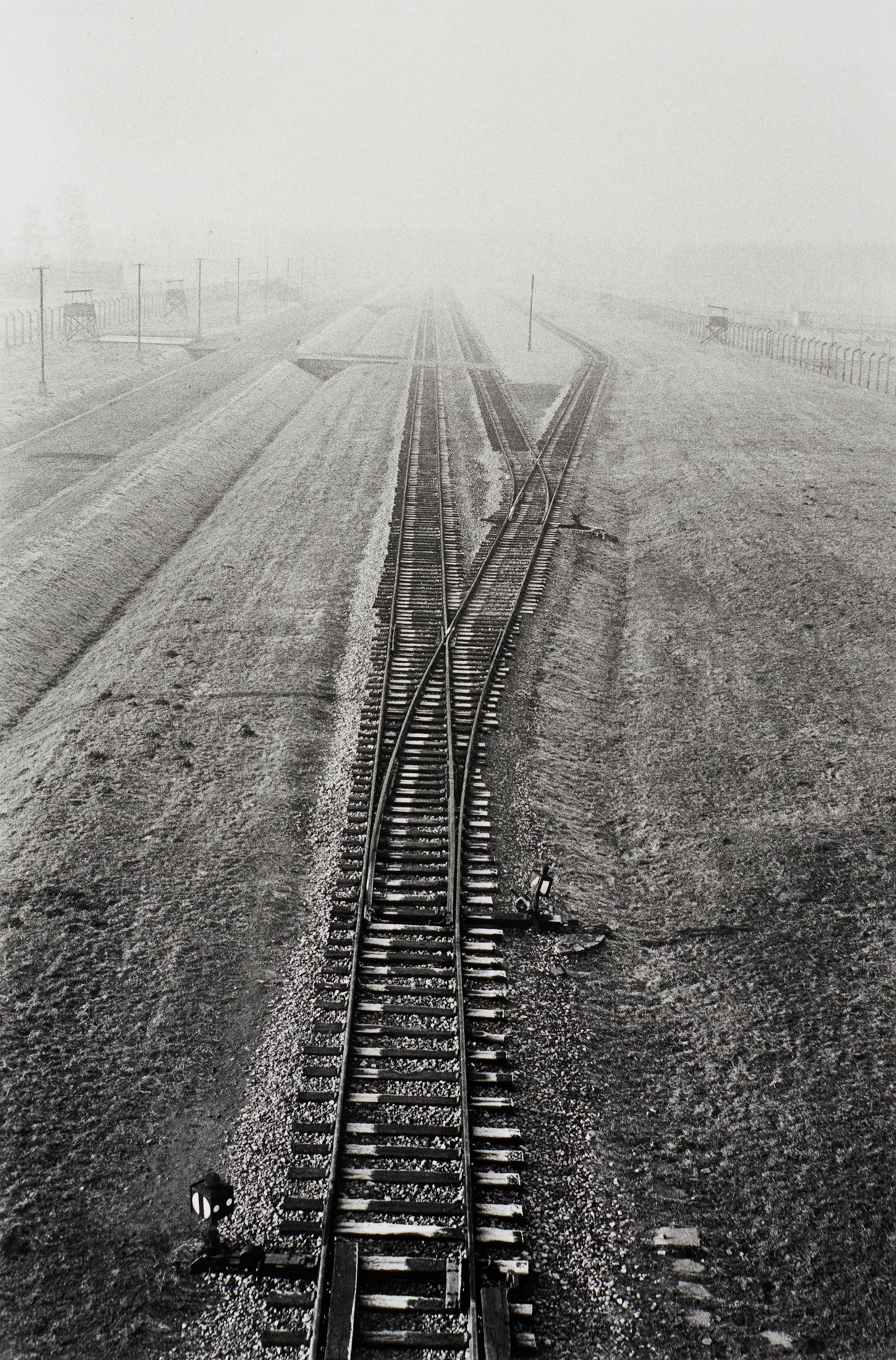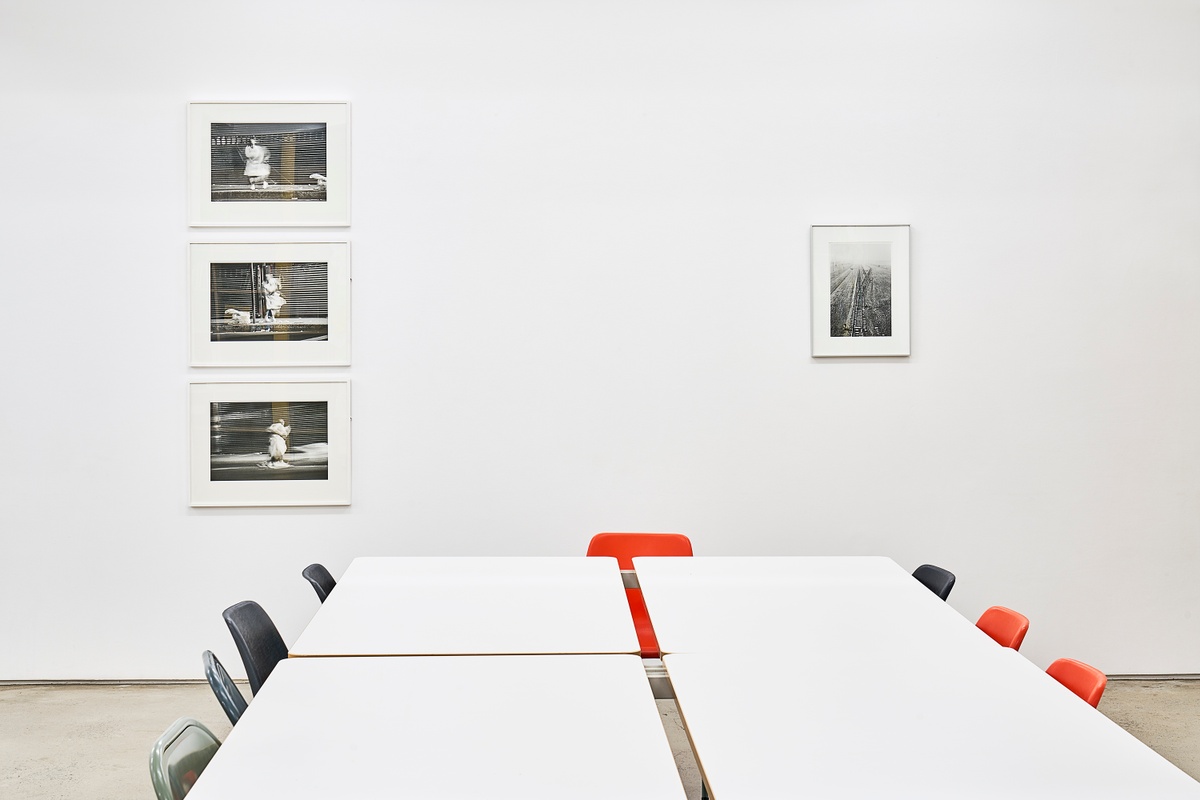Santu Mofokeng

End of the Line, KZ2-Auschwitz pictures the railway track on which hundreds of thousands of individuals were delivered to their deaths at the Auschwitz II-Birkenau concentration camp. Describing the series Landscapes of Trauma (1997–2004), of which this photograph is part, Mofokeng rephrased a line from Holocaust survivor Paul Celan’s poem, There was earth inside them (1963): “Where did the way lead when it led nowhere?” The question is especially poignant paired with this image of the train line’s terminus. The scene, however, is not immediately recognisable; only by its caption does its apparent banality assume an unbearable weight. “The photograph captures only the residuum that history has discharged,” sociologist Siegfried Kracauer wrote (as quoted by Patricia Hayes in her essay for Mofokeng’s 2011 monograph Chasing Shadows). “The photograph is the sediment that has settled.” The landscape is similarly formed by such sedimentary residue, the traces of past violence inscribed on the seeming indifference of the earth, made to stand as silent testimony to all-too-human cruelty. The immensity of the horror these tracks represent is mutely present in the knowledge of their setting, where even the innocuous mist, blind to history, finds a metaphoric import.
b.1956, Soweto; d.2020, Johannesburg
“I am interested in the ambiguity of things,” the late photographer Santu Mofokeng wrote. “This comes not from a position of power, but of helplessness.” In many of his pictures, this ambiguity appears as a spreading opacity, a diaphanous pall of rising smoke, mist or dust. Mofokeng grew up, he wrote in his photo-essay Chasing Shadows (1996–2006), “on the threshing floor of faith…and while I feel reluctant to partake in this gossamer world, I can identify with it.” An agnostic observer attuned to the spiritual lives of others, the pervasive haze that softens so many of his pictures more often takes on a poetic significance. There is to all Mofokeng’s works a distinct quietude – the artist looking not to political drama but to life’s minutiae, those “things I ordinarily do or see.” The tumult of the times, Mofokeng believed, need not be made explicit in photographs. Rather, he suggested, “the violence is in the knowing,” latent in the very places and people he pictured. “His voice, his awareness of where he was in space and history, his ability to think around what he was doing,” Joshua Chuang said of the artist in conversation with Sean O’Toole at A4, “wasn’t predictable but open and raw and simultaneously hidden.”

